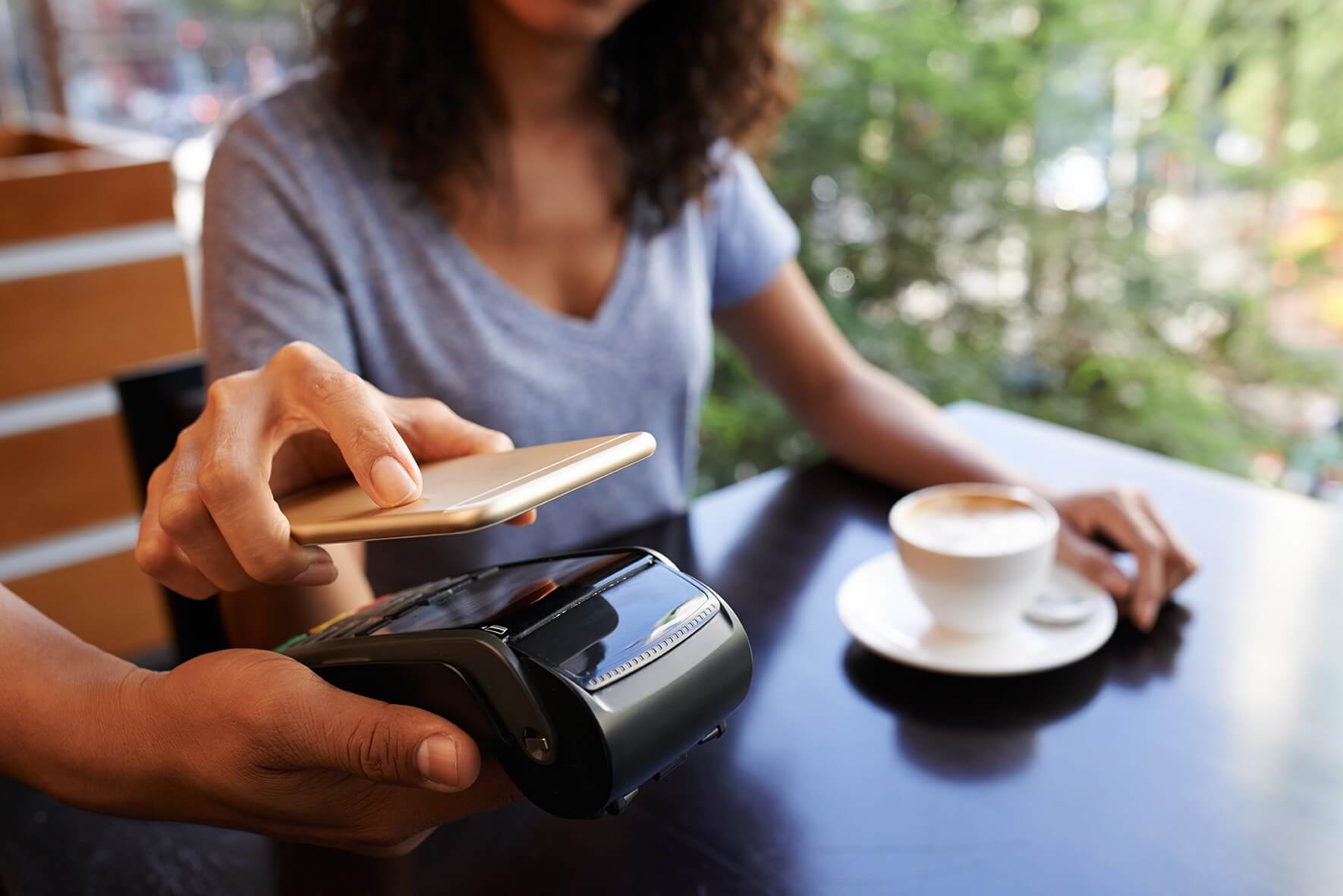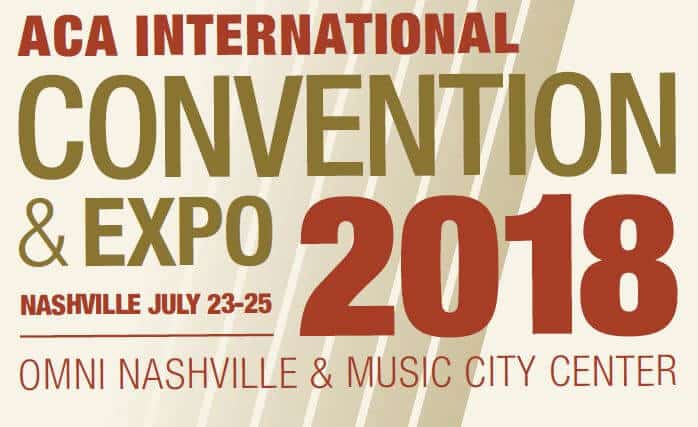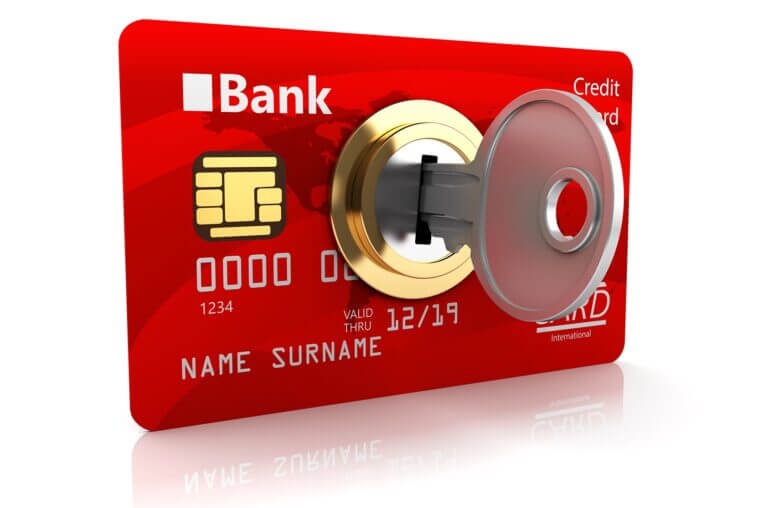Whether it’s mortgage or car payments, medical bills or homeowner association fees, people are changing how they handle their bills. Here’s some important trends to know, based on research including the 2017 report How Americans Pay Their Bills, and what to do about them:
2017 Consumer Payment Trend Takeaways
- More than half (54%) of all Americans now pay at least some bills electronically and 56% of all bills are paid electronically.
Takeaway: Any organization that hasn’t embraced digital payments or making them fast and easy is putting itself at a serious competitive disadvantage.
- People paid 6.8 billion bills by ACH, 2.5 billion bills by check, 2.2 billion by debit card and 2.2 billion by credit card. Cash was used to pay more than a half-million in bills with money orders and prepaid cash cards together covering more than another half-million in bills.
Takeaway: Consumers want and use a variety of channels and payment methods, so billers need to offer choice and convenience if they want their bills prioritized by consumers and paid on-time. Flexibility is in, rigidity is out.
- Nearly three out of four (73%) online payments are made at the billers’ sites rather than through banking websites, up 11% since 2010.
Takeaway: This is good news for billers that have their own payment portal and can capture revenue more quickly. Remember, this is a key customer journey touchpoint. Make sure your portal is easy, flexible and fast. If you have an ongoing relationship with your customer, building in features and functions beyond bill payment will keep them coming back and strengthen the relationship. You can also drive cost savings by converting customers from paper statements to paperless. Put the paperless opt-in feature front and center.
- Among the 14.7 billion bills paid in 2016, approximately 10 billion, or 68%, were made as one-time payments, and 4.7 billion, or 32%, were set up on a recurring basis.
Takeaway: Reduce time to collect and consumers’ hassles from paying bills one at a time by making it easy to set up automatic payments and payment plans via ACH and credit card. Highlight recurring payment options in statement and portal messaging.
- According to Walletron, 144 million smartphone wallet-using subscribers receive 12 billion bills annually directly to their smartphones and 55% of smartphone users want to make mobile payments via credit card.
Takeaway: Mobile payments are big and getting much, much bigger, especially for millennials. The time is now to develop a mobile strategy that includes the ability to deliver billing statements and accept payments via digital wallet apps that come installed on virtually all modern smartphones.
While Americans still use checks, cash and phone-based payments for a significant share of bills, consumer payment prefences show us that all generations are increasingly embracing digital payment solutions: Millennials pay 61% and GenXers pay 60% of their bills online while Boomers pay 52% and seniors pay 42% of their bills online.
Put all together, consumer payment statistics certainly indicate now is the time to invest in digital payment channels, plus easier and shorter payment processes for a better customer experience.
If you’d like to hear more about online/mobile payment best practices and how Nordis’ secure and compliant ExpressoPay application can help you meet consumer payment expectations with electronic bill presentment, plus manage online and phone-based payments, please get in touch with me at sales@nordistechnologies.com.
About the Author
Rich leads Nordis Technologies’ sales and client relations teams and is responsible for revenue growth and client retention. He’s been integral to the company’s fast growth, doubling sales since 2010, and playing a key role in developing new products including ExpressoPay, ExpressoVote and ExpressoArchive. An expert in communications management, financial engagement, production execution and cost optimization, Rich uses his experience to assist customers dramatically improve their communications and payments operations and achieve key objectives. He is a member of the Healthcare Financial Management Association.




